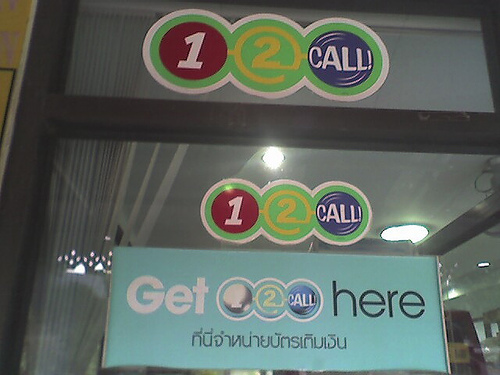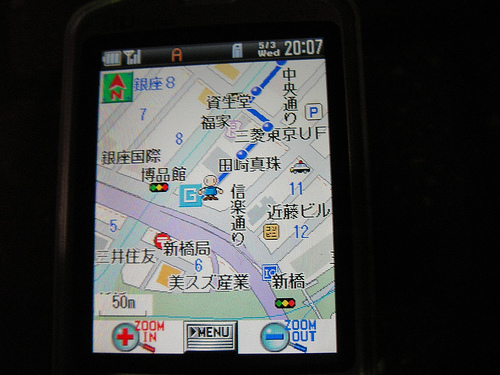technology
TwinF Tech Report – Russia Scandinavia and Europe
As I’ve done a few times on our trip, I’d like to get a little geeky and provide our experiences with mobile networks, Internet access and mobile blogging across regions of the world. We try to buy a local SIM card and experiment with the local networks via prepaid mobile phone plans, when reasonable. I cannot vouch for the completeness or accuracy of this information – it changes quickly and my perspective is one of a traveler.
See Also:
We moved quickly on the Trans-Siberian Railway, so it didn’t make sense for us to get a SIM card that may only works for a few days.
Internet: Wifi access is growing quickly in the major cities we visited, with access being very common
Mobile: If there is anywhere a mobile device should work, it is
Internet Access: We found free wi-fi to be quite easy to find in cities like
Mobile: We entered
We bought a Vodafone prepaid SIM card in
Within a couple of days, we had both GSM and GPRS working on the phone. Then, we left
Then lesson here is to watch out for roaming charges within
Internet: In most of
A final note: A gadget that would be amazing to have while traveling is a wifi detector so that you could be walking through a

In general, across all 29 countries we visited (except
Tech Report: Thailand Mobile Networks
Part of our trip is focused on experimenting with technology and mobile networks as we travel around the world. A tech report is our way of relating the geeky side of what we're discovering.
In an SMS with our friend Newley Purnell in
Our Treo 650 GSM phone integrated perfectly with the Thai network. I asked our first taxi driver about the best mobile network and he said “AIS” and after spending nearly 2 months in
Mobile coverage in

Before we left for the trip, I questioned the need to have a laptop computer. In
Also, I discovered a new and better way to upload pictures, blog, etc. from Internet cafes. I used to put everything on a USB pen drive and take it to an Internet café. Now I take the whole computer with me and ask them to let me plug it into their Ethernet cable. So far this has worked every time and I can work from the comfort and relative cleanliness of my own computer.
If you’re traveling in Thailand for more than a week or two and need to use your phone a lot, I recommend buying a new SIM card (on the AIS, 1-2-Call Network) for your mobile needs.
Tech Report: Japan
Part of our trip is focused on experimenting with technology and mobile networks as we travel around the world. A tech report is our way of relating the geeky side of what we're discovering.
This quote from an informative Japan Zone article may help:
Very briefly, there are three mobile phone technologies supported by the major networks within Japan - PDC (Personal Digital Cellular), CDMA (Code Divisional Multiple Access) and WCDMA. DoCoMo, Vodafone and TU-KA support the established PDC, and DoCoMo and Vodafone have also introduced the newer WCDMA, while AU supports CDMA. All three of these technologies are incompatible with each other.
It is possible to rent phones while in
Within

I had assumed that the Japanese are big users of SMS (short message system), but this is not the case. They do use their phones for text communication, but it all occurs via email, not SMS. The difference is the same as it is between instant messaging and email on your home computer.
More than any other Asian country, in-room Internet access in the norm, and often with blazing fiber-optic connection speeds. I made a habit of bit-torrenting all sorts of things while in
Wi-fi is available somewhat ubiquitously, though we did not seek it out often. In most urban settings, I would see networks available, but mostly secured. In the remote Alpine mountain
If I could do it over again, I would likely rent a Japanese phone and give it a test run. It is also important to remember that buying electronics abroad can sometimes be hazardous. Products like cameras, computers, etc. are meant for the Japanese public and not visitors so they have instruction manuals, cords and even keyboards/controls built to Japanese specifications.


